When you start drawing, your are often more focused on making a beautiful picture than getting a great idea. There is nothing much wrong about it as an artist.
But let’s look at a Designer’s daily life.
A designer has to allocate most of his time into idea exploration. A client is not looking for a beautiful drawing. He will pay for a beautiful and innovative IDEA.
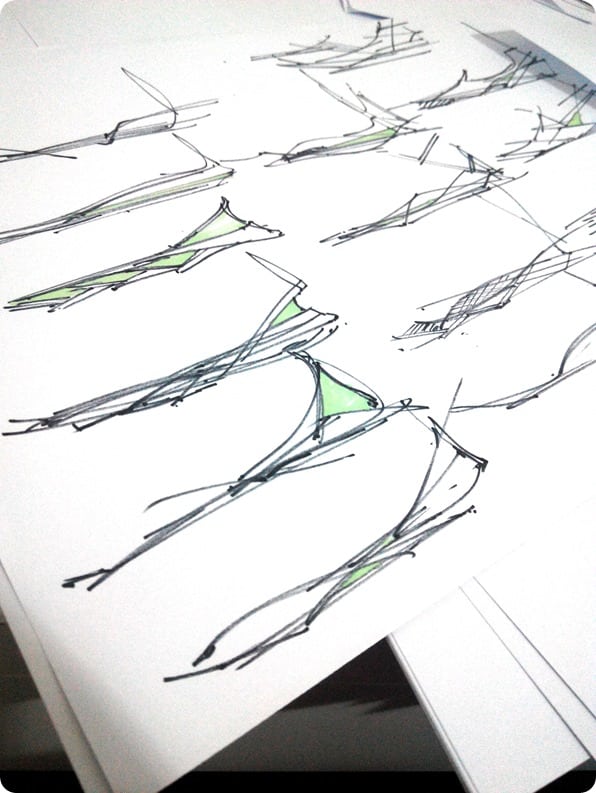
CHOU TAC CHUNG – RESEARCH ON OUTSOLE SHAPE AND CUSHIONING
Imagine that scenario.
You start a new day at a a new project. You sit on your desk, you are in a great mood and your first idea looks awesome. So you spend some time on it to develop it. Actually the whole day or maybe even a week. Sometime, you doubt of your idea. But you have already put in it so much effort that you think it deserves to be carried on. So you end with a beautiful picture !
The day your client comes excited to see your work, it happens that the client just don’t like it. According to them that idea is not suitable for X reason. You wasted your time, and you have no Plan B. You did your best, but it didn’t end how you imagined.
Start a project dropping multiple ideas on paper with thumbnails. You will save a lot of time. Your mind will explore multiple directions. Allocate yourself, half a day, one day, more. It’s up to your dead line. Explore varieties of directions. Some will be more risky than others. Better you know your client better you know which direction you should push more. Make a selection of risky and basic proposals. Develop the selected miniatures into drawings than non designer will understand. They will be glad to listen to your recommendation and choose with you the direction to go. They may even merge your proposals into one ! When the winner proposal is decided, then spend more time on a beautiful drawing.
Create a project hand on hand with your client. That way, you will work much more relax and confident.
If you have any comments, feel free to share !
See you tomorrow for the next TIP OF THE DAY !
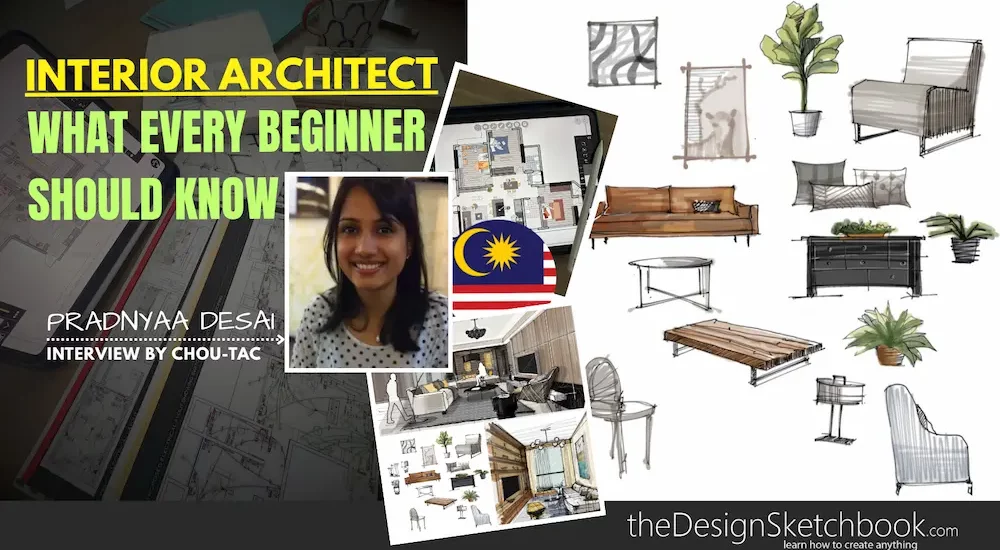
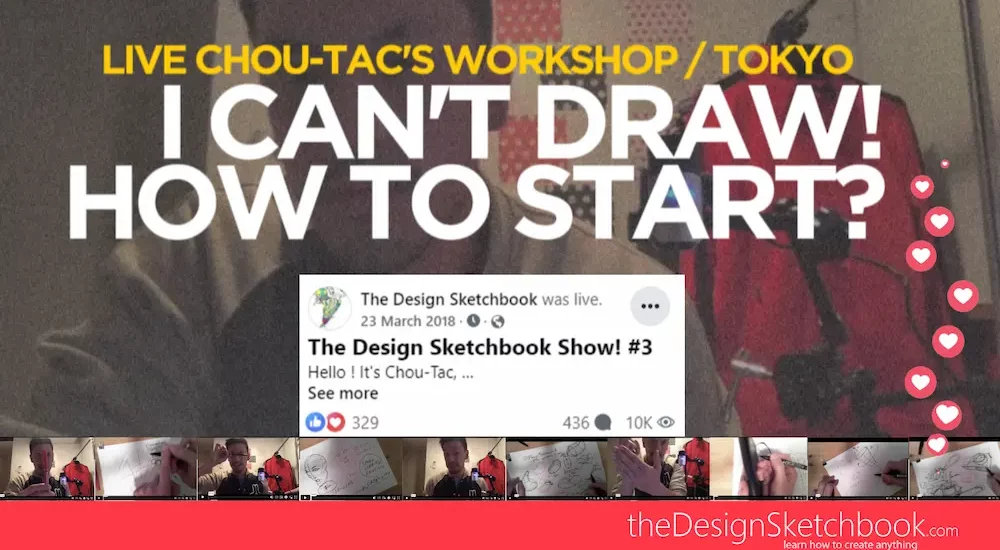
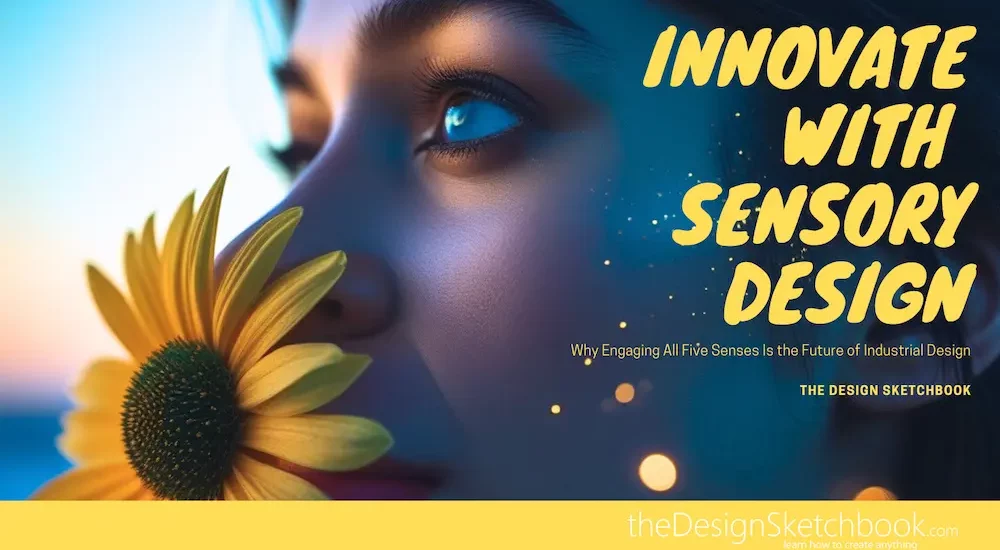
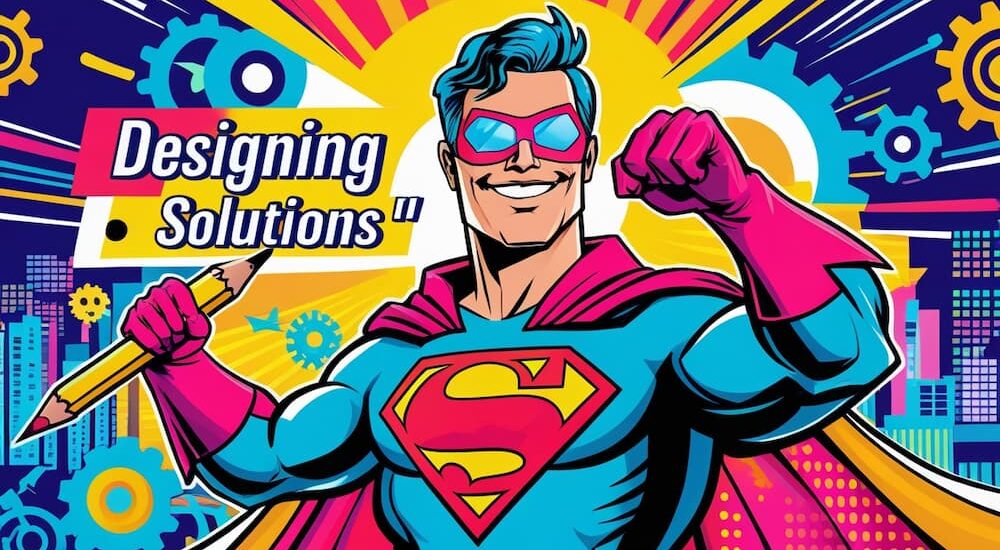
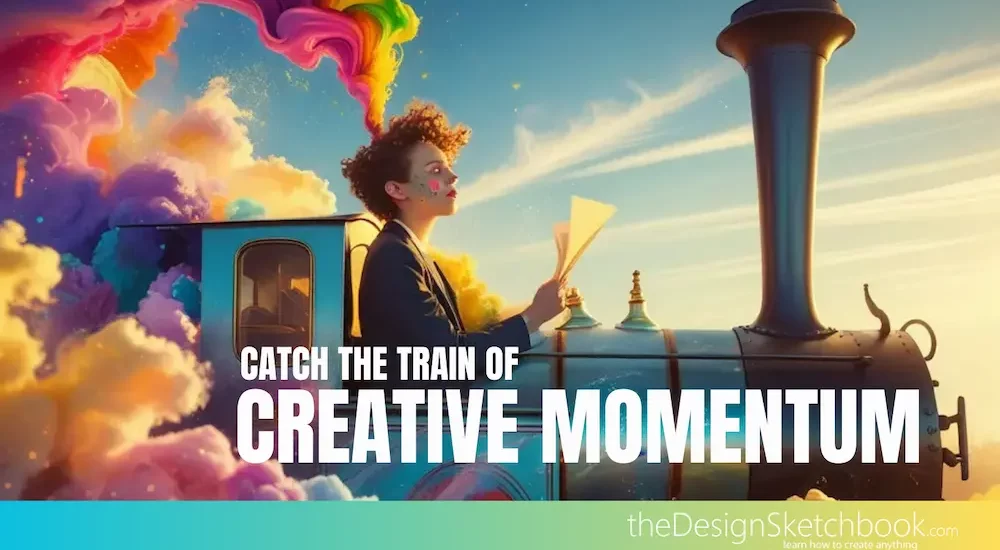
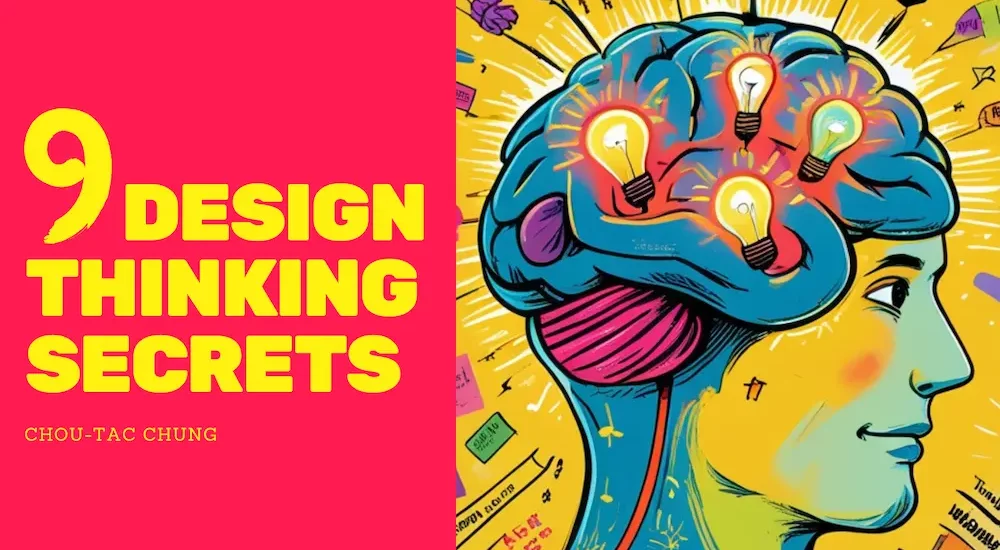
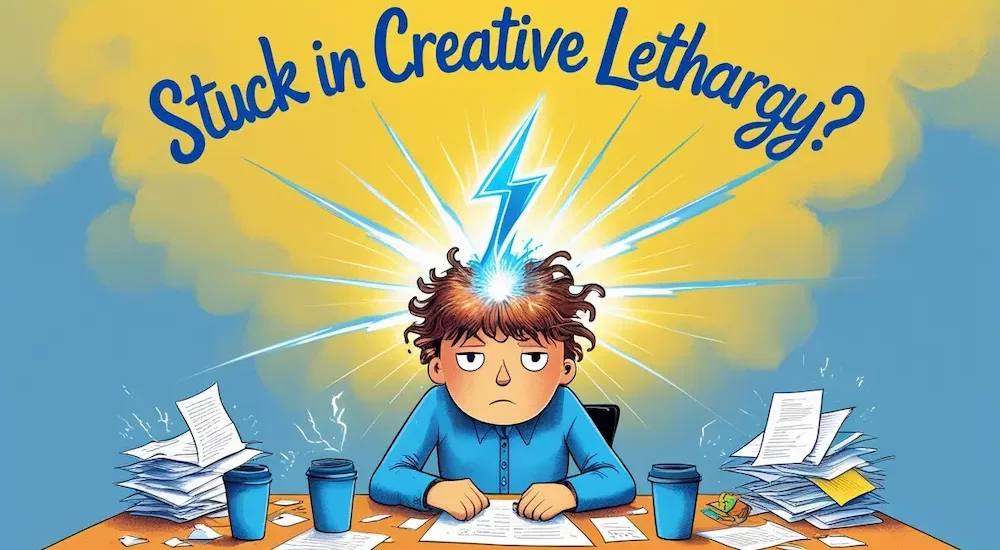
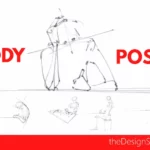
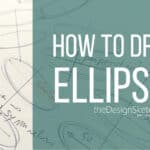
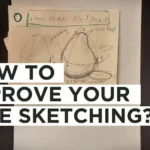
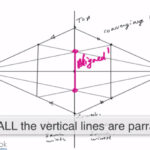
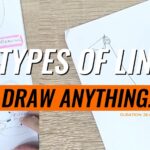
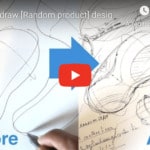


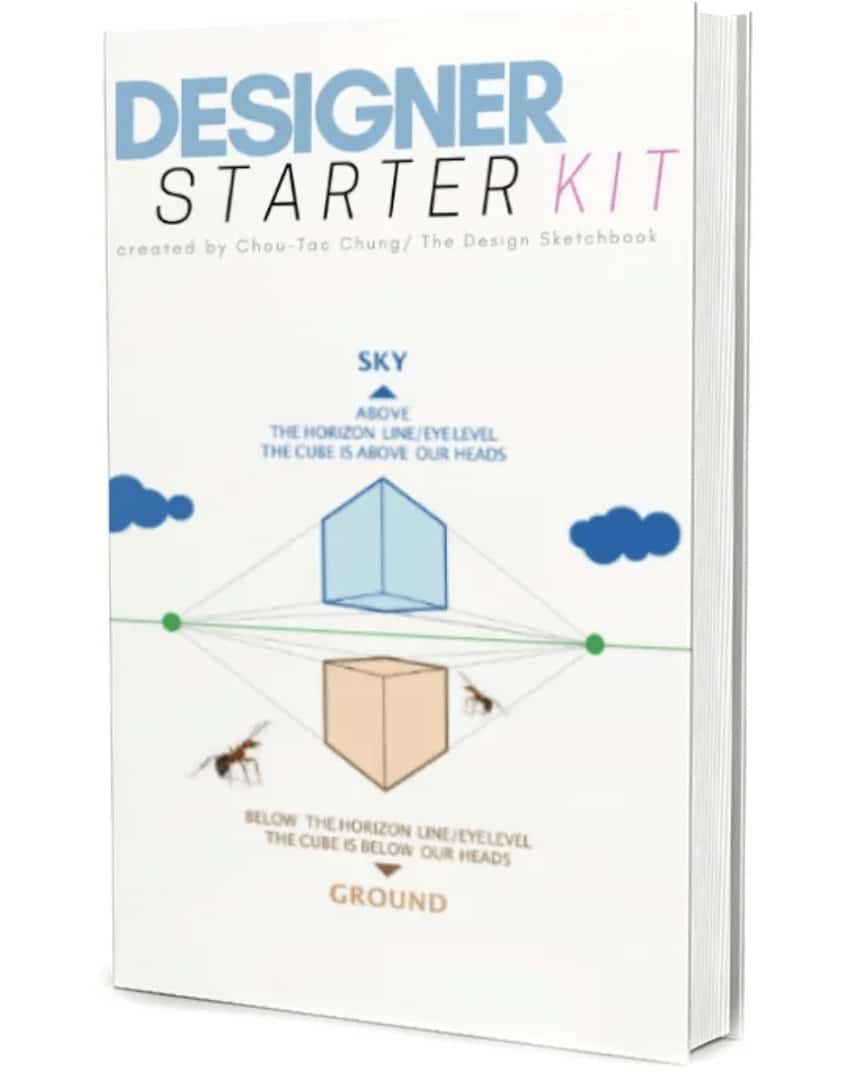
How do I download thee book
Hi Darren,
I am glad you are interested in. The book is available for subscribers to the newsletter. The form is on the side bar, on the right.
Let me know when you got it.
See you.
If only it was so simple… I love the tip ; It’s a good idea to draw small things instead a great piece of work, but in despite of the energy that you can take of that exercise, most of clients haven’t enough imagination to understand what you mean. They always want more and more details and after that, they come back and want something else, you even don’t know why. Whatever ! Your tips are great !!! And thank you a bunch for that !
Hi Agnes,
There is a good way to avoid such situation.
Define with the client different phase of validation.
E.g.
Brief – Validation – Selection of (X) axis of research – Validation – narrow down to 1 axis of research – validation – X proposals of products – Validation – Final proposal – Validation.
Look at this like a funnel process.
All these phases need to be written in the contract. Each validation will be signed by the client. If after a validation phase, the client needs/wants to change his mind, it will cost extra.
The designer and the client will work in a more pace environment, avoiding the “I suddenly changed my mind” surprised.
The project will carry on respecting the deadline, and both side will get things done. That’s why it is even more important to cover a wide variety of ideas at beginning. It eliminates eventual further doubts.
Cheers,
Chou-Tac